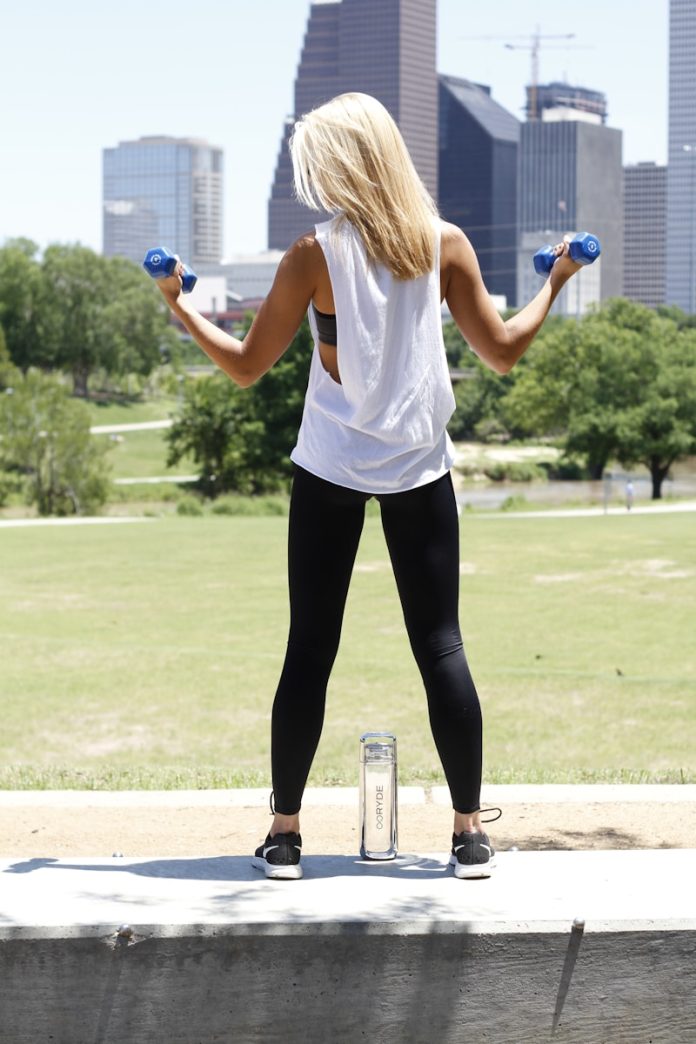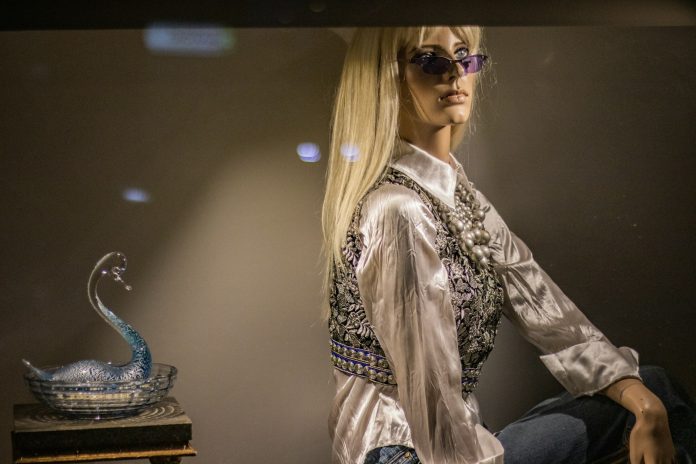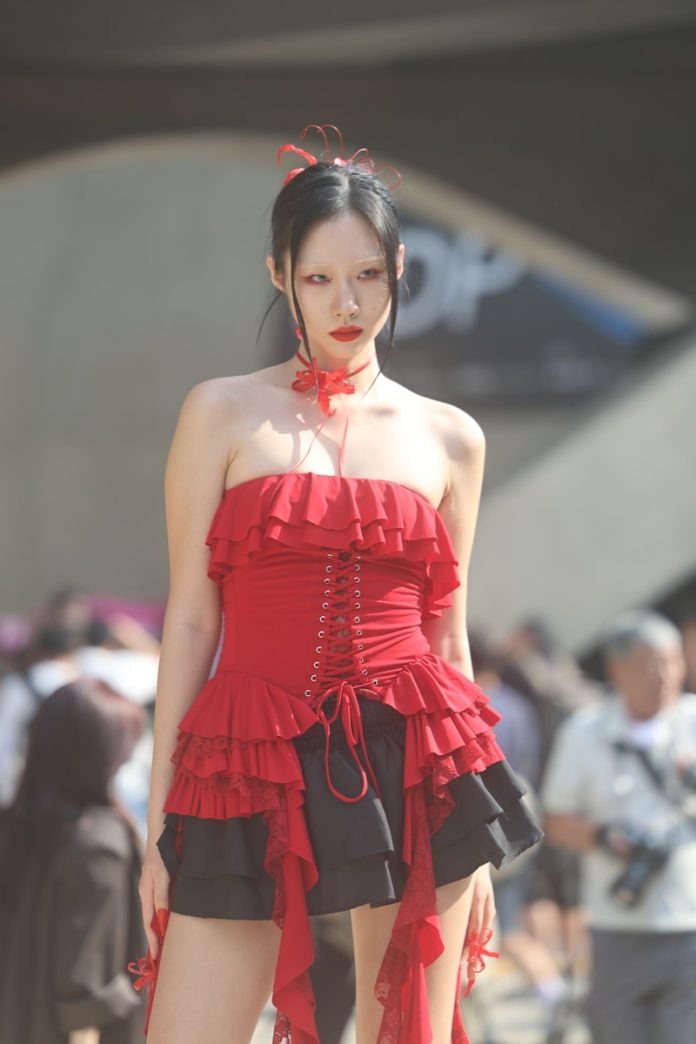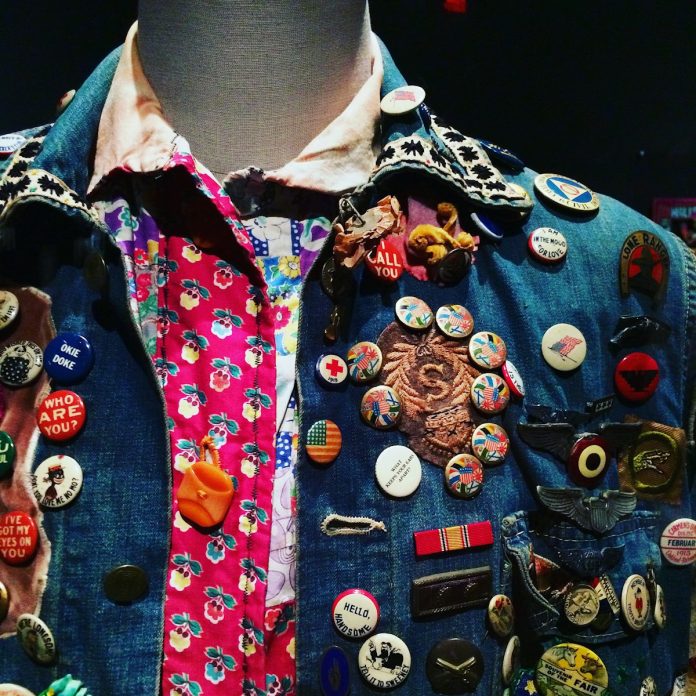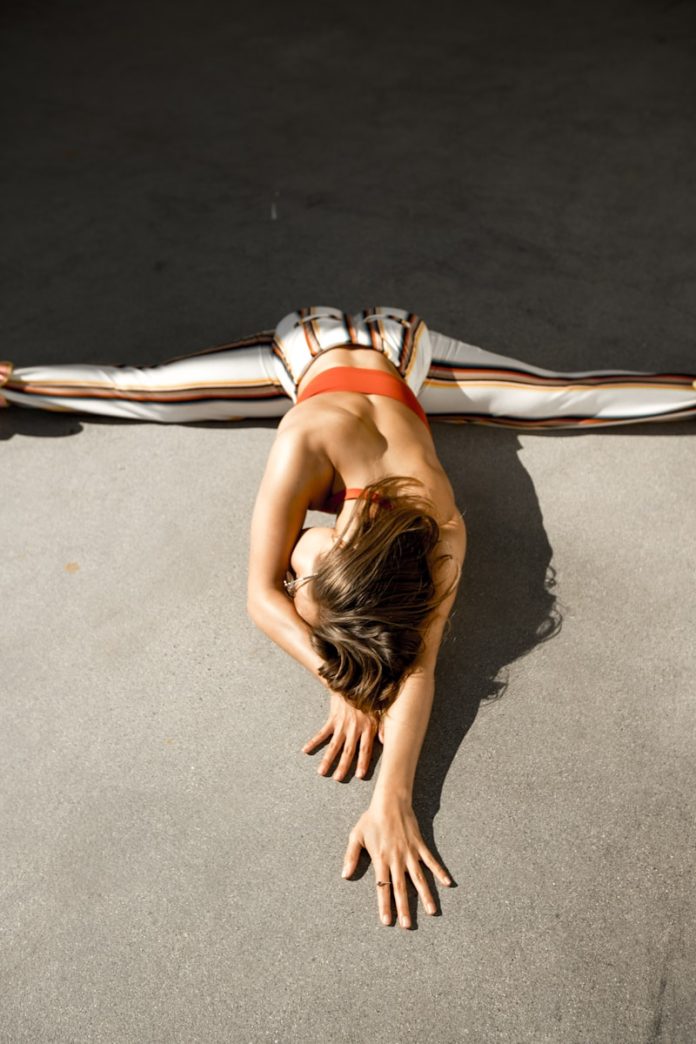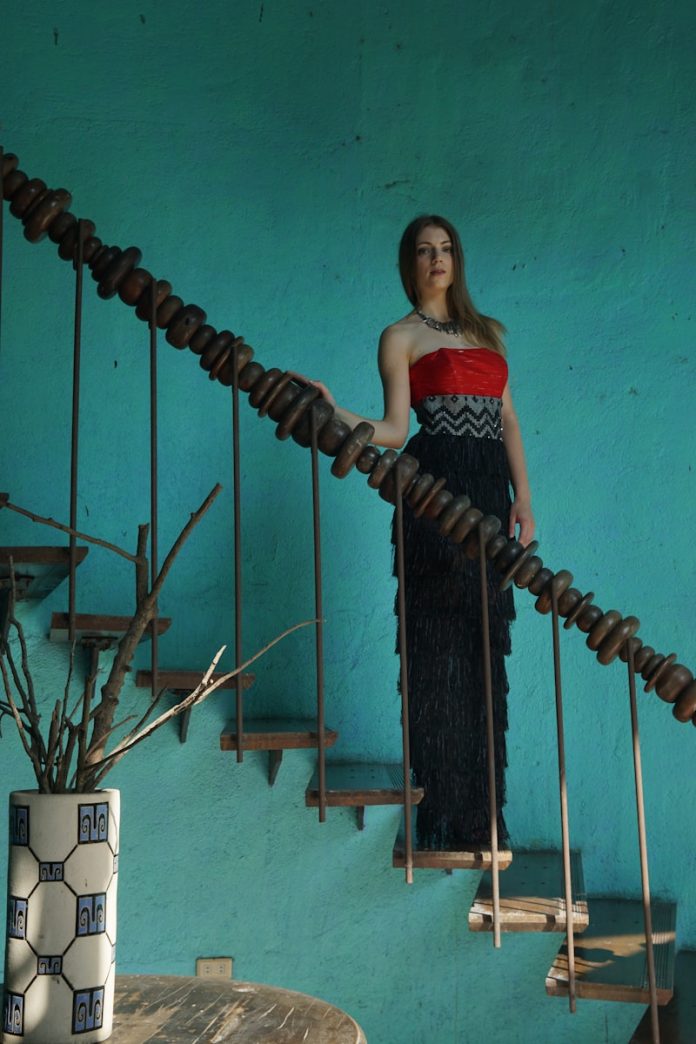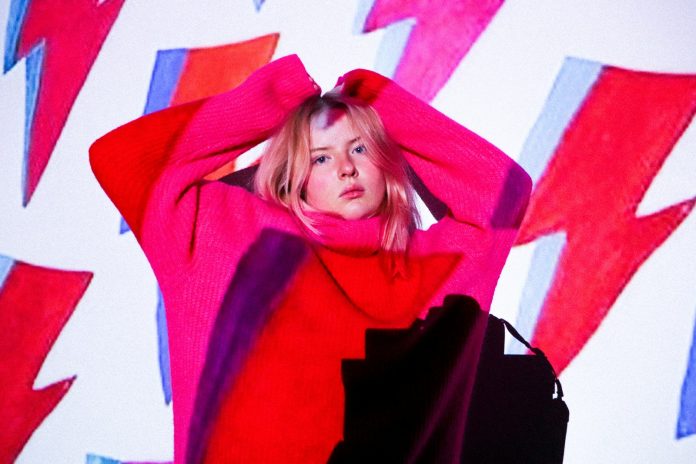Fashion speaks before we do. Long before a word is uttered, our clothes announce who we are — or at least, who we want the world to believe we are. Among the infinite vocabulary of clothing, one element has consistently communicated authority, self-assurance, and presence without needing to scream: structure. Not simply a matter of tailoring or stiffness, structured silhouettes represent a refined kind of power — one built from design, history, and intent.
In an age where soft minimalism and effortless chic dominate lifestyle feeds, the return of form-driven silhouettes — garments that hold shape and create impact — feels not only refreshing but quietly radical. These aren’t clothes that follow the body; they frame it. They aren’t about vanishing into the background. They’re about taking space — decisively, unapologetically, and with clarity.
A Brief History of Shape as Power
Throughout fashion history, structure has been synonymous with control — of the body, of perception, and of social order. Corsets of the 18th and 19th centuries shaped torsos into idealized forms, signifying femininity and class. Military uniforms, with their crisp lines and defined waists, conveyed discipline and authority. The sharply tailored suits of the 20th century — from Savile Row to Wall Street — told stories of ambition, influence, and affluence.
For women, structure has long been a double-edged sword. When Christian Dior debuted the “New Look” in 1947, with cinched waists and voluminous skirts, it marked both a return to pre-war glamour and a symbolic containment of the liberated wartime female body. Yet decades later, in the 1980s, structure became a feminist weapon. The rise of shoulder pads — those now-iconic sculptural enhancements — gave women physical breadth in a world that had asked them to shrink.
Structure became armor. And the silhouette became strategy.
Silhouettes that Command Attention
Fast-forward to today. We’re seeing a renaissance of structured silhouettes across runways and sidewalks alike. Blazers are back, sharper than ever. Coats are oversized but still intentional. Dresses hold their form. Sleeves have presence. Shoulders are no longer just shoulders — they’re statements.
This return to form is more than just cyclical trend behavior. It reflects a cultural yearning for definition in an increasingly ambiguous world. As work and home blur, as identities become fluid, and as digital life detaches us from physical experience, structured clothing provides a sense of containment — not restriction, but clarity. When we feel uncertain inside, structure on the outside can ground us.
These pieces create their own architecture. Think of the clean lines of a boxy wool coat, the deliberate contour of a pleated trouser, or the assertive geometry of a sharply cut jumpsuit. They don’t rely on tightness to show the body. Instead, they construct space around it — as if to say, “I decide the shape of my world.”
The Psychology of Form: Dressing with Intention
There’s a psychology to how we feel in clothes that hold shape. Structured garments demand presence. They subtly straighten our posture, alter our gait, and create a sense of self-possession. A well-tailored blazer isn’t just flattering — it’s fortifying.
Unlike softer, more fluid clothing that adapts to the wearer, structured pieces offer resistance. In doing so, they shape behavior. You can slouch in a hoodie. You stand straighter in a structured coat. There’s a dignity in that posture — not stiff or performative, but composed.
Fashion psychologists have long noted that clothes impact cognition. What we wear not only affects how others see us but how we see ourselves. In that context, structured silhouettes serve as subtle mirrors of our inner narratives — ambitions, boundaries, values. When we dress in form, we’re not hiding. We’re framing.
Gender and the Power of Lines
One of the most fascinating dimensions of structure in fashion is how it disrupts — or reinforces — gender norms. Traditionally, strong, architectural silhouettes have been coded as masculine: suits, shoulder pads, crisp lines. Soft, flowing fabrics were reserved for femininity.
But in the 21st century, designers and wearers alike are dismantling these binaries. Structured silhouettes are no longer confined to men’s tailoring. Women wear boxy suits not to imitate men, but to reclaim form on their own terms. Nonbinary fashion has embraced structure as a way to create new silhouettes altogether — rejecting the need to echo conventional curves or muscle lines.
Designers like Rick Owens, JW Anderson, and Jacquemus have experimented with shape not just as a style tool, but as a philosophical one. Who says power must look like a boardroom suit? Why can’t it be found in a sculptural cape, a cocoon-like tunic, or a paneled leather dress?
In this context, structure becomes liberation. It frees the body from performance — of femininity, masculinity, or fragility — and allows space for new expressions of identity.
Minimalism, Maximalism, and the Modern Form
Structure doesn’t necessarily mean flamboyance. In fact, some of the most commanding silhouettes come from minimalist design. Think of a perfectly tailored Céline-era coat, or a sleek Acne Studios dress that drapes just-so but holds a clean line. The power is in precision.
Still, there’s room for maximalism too. Balmain’s shoulder-heavy gowns, Schiaparelli’s sculptural couture, or Alexander McQueen’s architectural pieces — all remind us that form can also be fantastical. Structure, in these hands, becomes poetry.
Whether minimal or maximal, the effect is the same: these clothes transform the wearer into a presence, rather than a person trying to disappear. They resist invisibility.
Sustainability and Longevity in Structure
An often-overlooked benefit of structured garments is their durability — not just physically, but stylistically. These are not throwaway trends. A beautifully made structured coat or suit can last years, even decades. Their architecture gives them permanence. They age with elegance.
In an era increasingly concerned with sustainability, structure offers a path away from fast fashion. These are garments meant to be kept, mended, and revered. Their very form resists disposability.
Moreover, structured pieces invite a slower kind of dressing. You don’t rush into a double-breasted blazer or a paneled midi-dress. You prepare. You consider. And in that intentionality lies sustainability of a different kind — one rooted in mindfulness.

